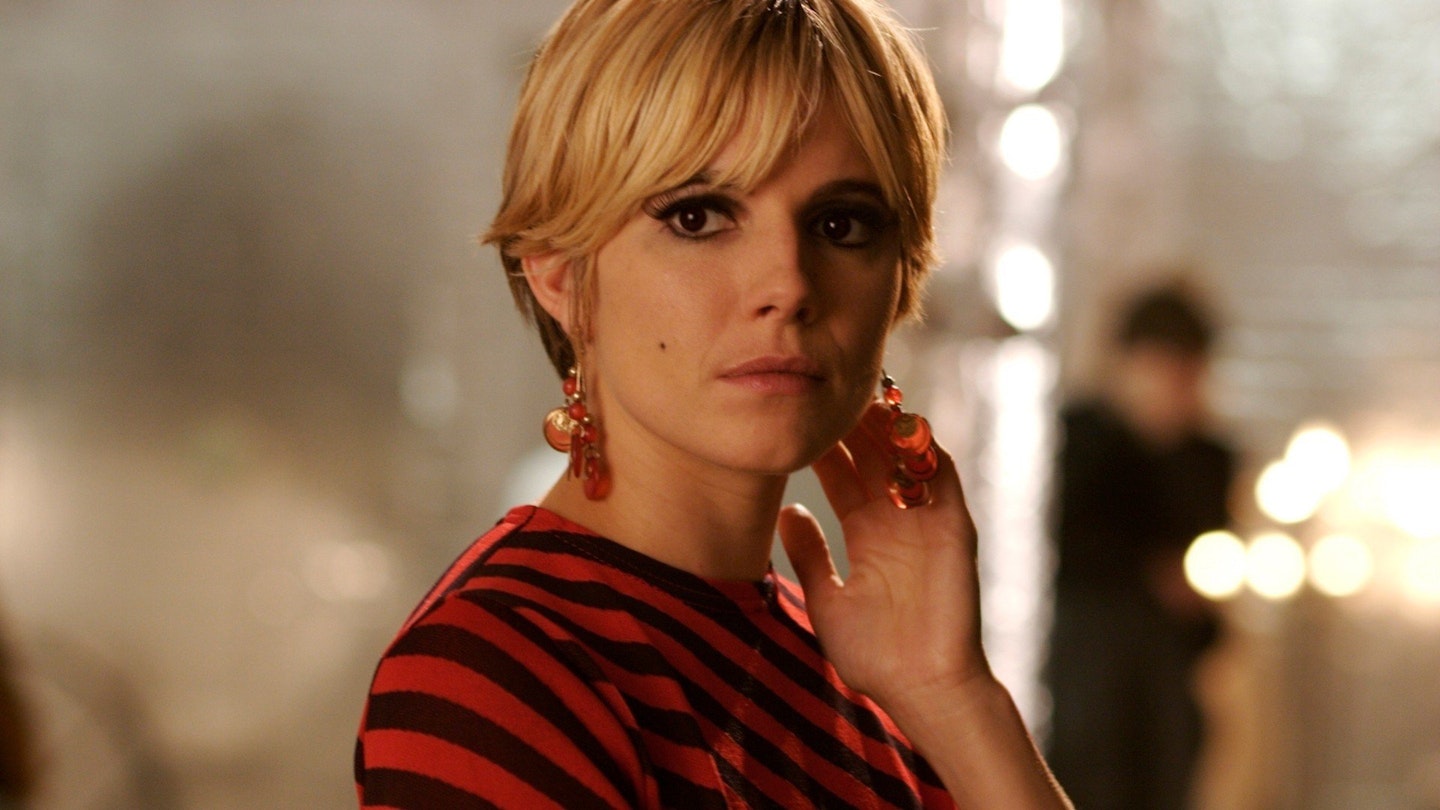The question most will ask after seeing this strange and extraordinary biopic is this: what did Edie Sedgwick actually do? This, in an age of reality TV, is a paradox that would have fascinated Andy Warhol, the pop art pioneer who saw the way culture was headed over 40 years ago. Warhol recognised that everything in America was becoming a commodity, and when he made his famous pronouncement that everyone would have their 15 minutes of fame, he meant that even fame, once a rare gift, was going the same way.
Warhol was smart like that, and Factory Girl is perhaps the first film to credit him with the Machiavellian mind that propelled him to the top of Manhattan’s art world. Guy Pearce captures the depth and humour of a man whose main goal in life was to appear one-dimensional. It was Warhol who spotted Edie’s potential and encouraged what it was she did: look fabulous, be outrageous, be rich, and most of all be Pop.
The rich part is where modern audiences will struggle with Factory Girl. Sedgwick had it all on a plate and blew it. She was a spoilt brat who made only the most cursory attempt at an art career before devoting herself to New York nightlife, shooting up amphetamines and partying the night away. But she kept a sense of innocence, and this fascinated Warhol in the acres of film he used up on her for his underground movies. Warhol saw her as a beauty, and by that he meant something raw, unique and elemental.
These three words also apply to Sienna Miller, whose performance, quite frankly, could not be bettered. Aside from the physical resemblance, Miller captures exactly what it was about Edie that still fascinates people 35 years after her death, and teases out her tragedy with stunning sensitivity. We see her first as a bright-eyed preppy, then as a wildcat, silver-haired diva, but the film is framed by interviews with a psychiatrist, conducted in the late ’60s. Edie’s face here is that of a deluded survivor, and will be instantly recognisable to those who’ve seen her posthumous 1972 ‘comeback’ movie, the incoherent Ciao Manhattan. Director George Hickenlooper deserves credit for avoiding the high-drama route — if anything, Factory Girl is frustratingly low-key.
Hickenlooper expects a certain level of prior knowledge, and to audiences not au fait with Warhol’s methods Edie’s sudden rise may seem inexplicable. But if you know too much, Factory Girl can be just as puzzling, chiefly because of musician Billy Quinn (Hayden Christensen). An amalgam of Bob Dylan and God knows who else, Quinn is one of those composite characters that becomes a poster boy for a film’s historical inaccuracies.
Because despite some phenomenal recreations — Warhol’s studio, The Factory, especially — Hickenlooper’s film is riddled with scenes that didn’t quite happen as presented. Most cruel of all is the closing faux-interview footage of Warhol in 1972 shrugging off Edie’s death. Andy still had affection for Edie, but the truth was she’d changed. When they met, Edie didn’t do anything; she just was. But when she started scouting movie deals and desperately soliciting the attention she simply used to get, well, that’s when the affair was over.


